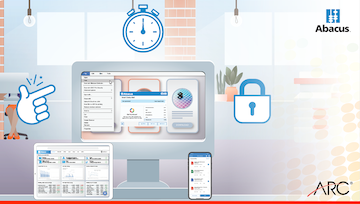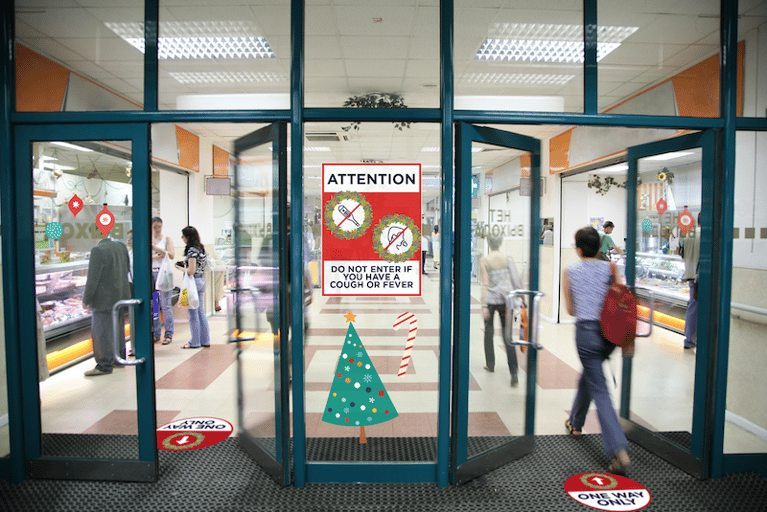Laser scanning is a highly accurate method to capture the details of an existing building or construction site. By using laser light, advanced scanners create 3D representations known as point clouds.
These point clouds contain data that is used to create a map of the precise shape and size of physical objects.
Because the process is quick and efficient, and the resulting 3D representation of site conditions is so accurate, laser scanning has become popular for a variety of building construction applications.
However, if you haven’t seen 3D laser scanning used on a construction site, it can be revealing to understand the large impact this mapping technique can make. So, let’s take a look at the following use cases for 3D laser scanning in construction.
1. Mapping Existing Site Conditions in Renovation Projects
To kick off a renovation project, an architect must base their design on the building owner’s as-built drawings. The problem with this is that as-builts are rarely accurate and in many cases they are not available at all. And even when contractors perform a site survey to verify site conditions, they often fail to capture all the details or find errors in the original design and construction plans because they lack time and resources.
These errors in the design plan turn into problems later on, leading to change orders, project delays, and additional costs. 3D laser scanning short circuits this entire process by enabling contractors to confirm as-built conditions and reveal design issues early on in the construction process.
2. Validating Proper Design Execution
3D laser scanning can also be used to validate design execution for quality assurance purposes. By doing a quick 3D laser scan of a completed or in-progress project, contractors can create a model of existing conditions which they can compare to the as-designed drawings or model for extremely accurate quality assurance.
Even better, the model can be color-coded and marked up to represent varying degrees of deviation from the design so contractors know exactly what needs to be fixed before it becomes a more serious problem.
3. Measure and Evaluate Progress
In addition to validating proper design execution, when 3D laser scanning is used throughout the life of the project, you’re left with a precise record of every phase of construction. Everything in the walls, above the ceilings and below the floors can be recorded. The building management team can use that record throughout the entire lifecycle of the building. In this way, 3D laser scanning creates more value in the contractor’s closeout package.
4. Creating 3D Building Models
Architects must often communicate complicated design ideas to stakeholders, such as investors, who don’t have construction or design expertise. Sometimes, it’s necessary to create a physical 3D model or a virtual model to effectively communicate the design to important stakeholders. Because they capture three-dimensional data so quickly, 3D laser scanners make the process of creating a physical or virtual model far quicker and more accurate.
ARC’s 3D Laser Scanning Services
Given such a wide variety of potential use cases, it’s easy to get excited about the potential of 3D laser scanning. Still, if you want to get started, you’ll need to invest in commercial quality laser scanning equipment and in-house expertise to do the scanning, process the data, and build a model. That is unless you partner with ARC to outsource the work to a team of experienced 3D laser scanning experts and BIM/VR production staff that can handle projects located anywhere.
ARC’s 3D laser scanning services are all-in-one, which means they remove the cost barrier that many firms face when they consider laser scanning. If you’re interested, now is a great time to learn more about ARC’s 3D laser scanning services.
Related
The 5 Benefits of BIM in Construction that Contractors, Architects and Owners Need to Know





